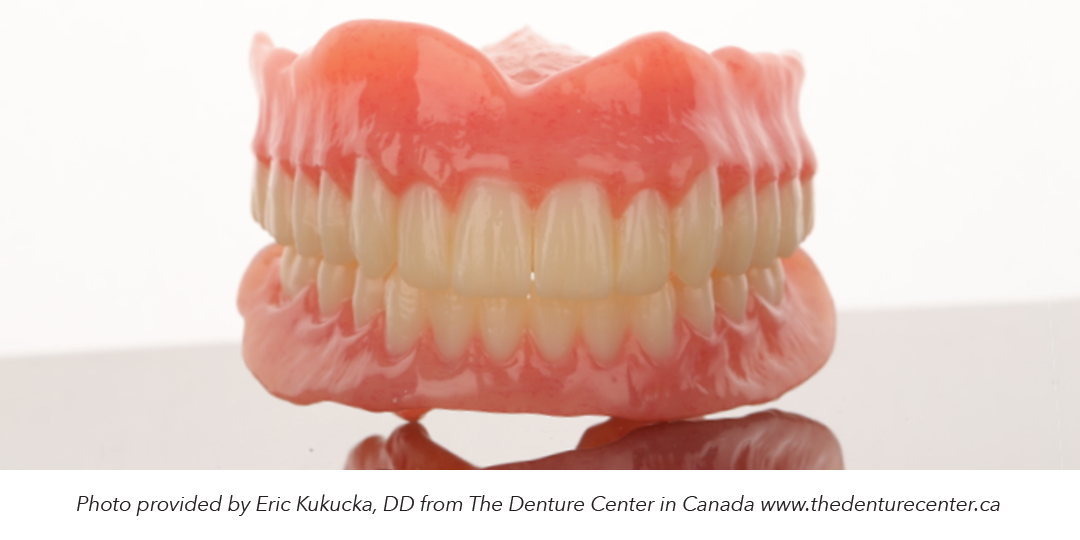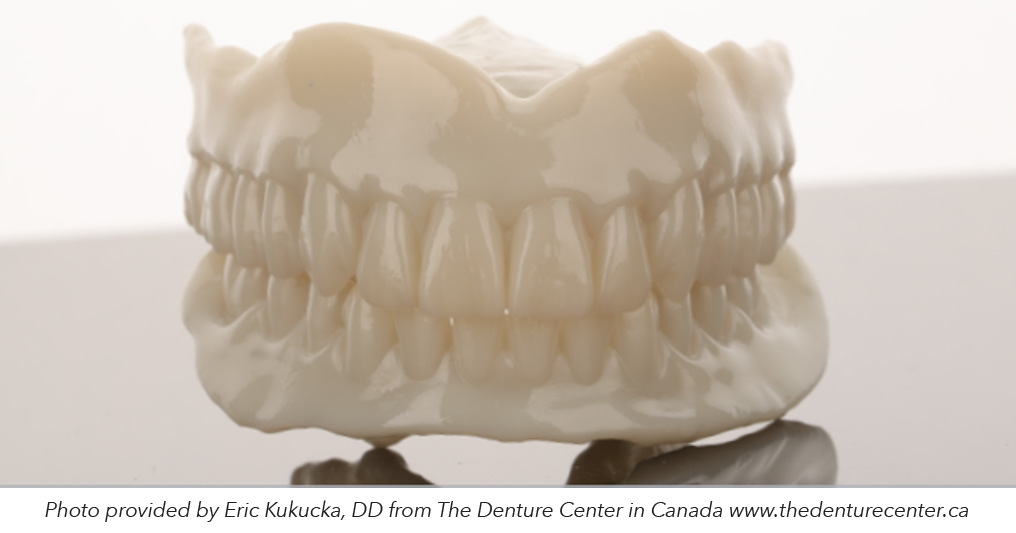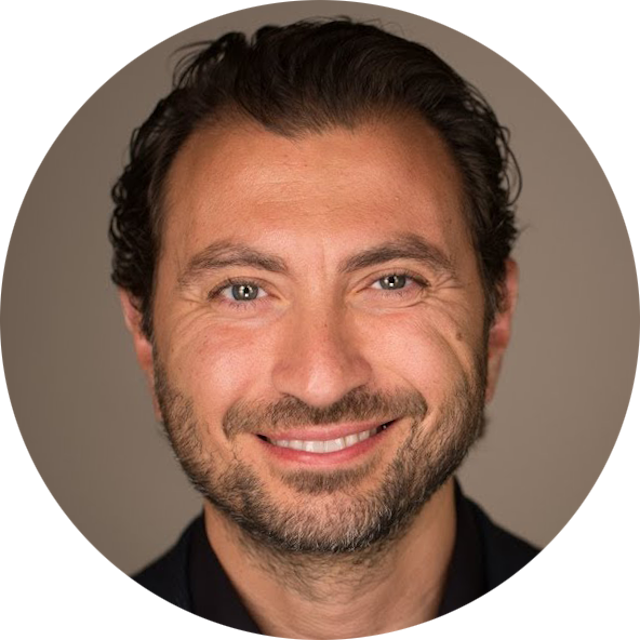
While the equipment used in modern dentistry has always required dentists to have some degree of tech-savviness, the increasing prevalence of 3D-printed and milled dentures is creating a sea change in the industry. During a presentation at Seattle Study Club’s 2021 Symposium, Wael Garine, DDS, a Jupiter Florida-based prosthodontist, explained how this emerging technology can be used to provide more accurate and affordable results to patients in less time. Read on to discover what Garine had to say about the impact face scans and 3D printing, and milling are having on the industry.

A mere decade ago, creating a custom denture printed or milled in just two hours using facial scanning technology would have sounded like science fiction. Today, it’s not only a reality, it’s becoming an integral part of the treatment process in many dental offices.
Dr. Garine says most dentists are already comfortable with the first step in creating a 3D denture.
“We are all very familiar with using our DSLR cameras and taking digital photographs; each one of us has a different set of photos that we like to produce for our patients,” says Garine.
Fortunately, learning to use many face scanning techniques isn’t much harder than taking a photograph—in many cases, it’s as simple as picking up an iPhone. “You take a series of photographs of the patient moving left to right…and it stitches them together to create the idea of that full-face scan,” says Garine of the IvoSmile and Bellus apps he uses in his practice.
With photos and face scans taken, Garine then sends the data to the laboratory his practice uses to create the blueprint for the restoration in the case of a milled denture. However, this data can also be used to create 3D printed dentures in-office—a process that slashes chair time and cost for the patient and practitioner alike.
So, how do these 3D-printed and milled dentures stack up when compared to analog dentures?
“Digital dentures are actually providing us with a better fit [and] providing our patients with a better prosthesis than doing analog dentures,” says Garine, who cites their superior hold and reproducibility as major selling points.
However, there are kinks in the process that Garine says are significant enough to give some dentists pause.
“[The tooth portion of the 3D printed denture] is monochromatic, which is one of the limitations we have with digital dentures,” Garine explains, noting that adding color to the denture teeth to make the denture appear more natural adds to the restoration cost. Dentures milled using newer Ivoclar monolithic pucks, on the other hand, come out seamless and stronger in approximately two hours—about half the time the process took using materials that had to be bonded together.
Though there may be limitations to face scanning apps and 3D printing, and milling right now, Garine says he has the utmost confidence that the tools available to dentists will only become more precise.
“It’s not perfect,” says Garine. “But it’s an evolving technology that will get better with time.”
Photos provided by Eric Kukucka, DD from The Denture Center in Canada www.thedenturecenter.ca
 By: The New Dentist
By: The New Dentist




